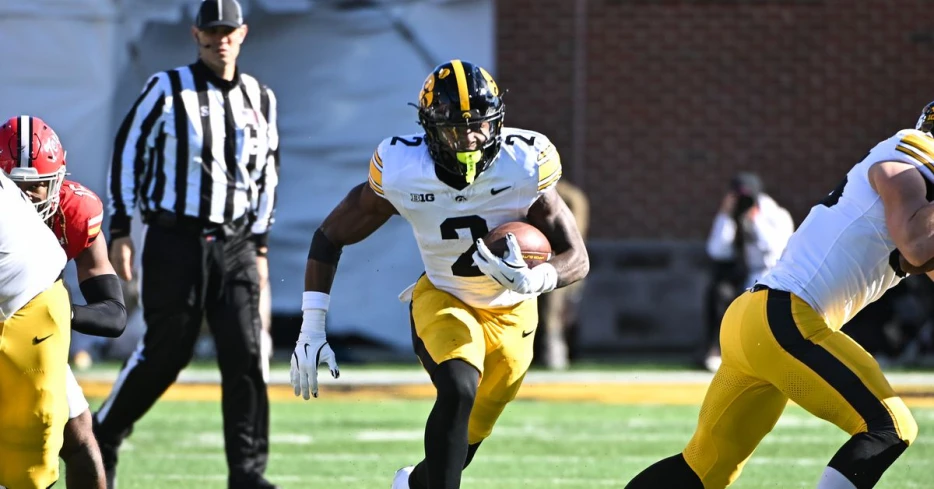
 Behind the Steel Curtain
Behind the Steel Curtain
A primer for the Steelers’ run game in 2025.
Tell me if you’ve heard this one before: Running back Kaleb Johnson is a great zone runner, a perfect fit for Arthur Smith’s scheme, etc., etc.
It’s the new “Russell Wilson is in pole position for the starting quarterback job” for 2025.
Like the Wilson bit, that common Kaleb Johnson phrase is both true and something that could drastically change the Steelers offense in 2025. But oftentimes, the statement is left that simple, without explaining what exactly Smith’s outside zone scheme does, or why Johnson is a perfect fit.
So, let’s dive into what the Steelers' run game could look like this season.
Everyone talks about Arthur Smith’s zone-based running game, but what exactly is a zone run? And what separates it from a gap run?
One of the easiest ways to tell the difference is how the offensive line moves directly after the snap.
Is the run to the left side, and several blockers are moving right?
That’s called down blocking, and the offense is trying to create a running lane, a literal gap to run through. Gap runs generally involve pulling linemen to create a numbers advantage where the team wants to run the ball.
Is the run to the left side, and the entire offensive line is flowing left?
They’re getting horizontal displacement for a zone run. In a “zone” running scheme, each lineman has an area of space they’re responsible for. If they’re covered (have a defensive lineman lined up in front of them) on the play, they’ll block that player. If not, they’ll help with a nearby double team and then climb to the second level of the defense to block a linebacker.
Here’s an example of a Steelers zone run:
Now that we have a basic understanding of gap vs. zone, let’s examine the concept of zone runs with a little more nuance.
Digging deeper into zone runs, you can split them into two main categories: inside zone and outside zone. While there are several layers of complexity to any given play design, for the focus of this article, we’re trying to understand the basics.
Inside/mid zone begins as a run between the tackles, generally on either side of the play-side guard. Conversely, outside/wide zone aims at or outside the play-side tackle — think the “stretch” play if you’ve ever played Madden.
While Arthur Smith is known for running outside zone, the Steelers were mainly an inside zone team last year. By Smith’s own admission, that’s because Pittsburgh just didn’t have the personnel to succeed at outside zone — the Steelers ran it 131 times last year, compared to the 202 times the Smith-led Atlanta Falcons did in 2023.
Pittsburgh did not have a great offense for much of last year, and inside zone is a less risky play. Running up the middle doesn’t result in as many big plays, but there’s also a smaller...